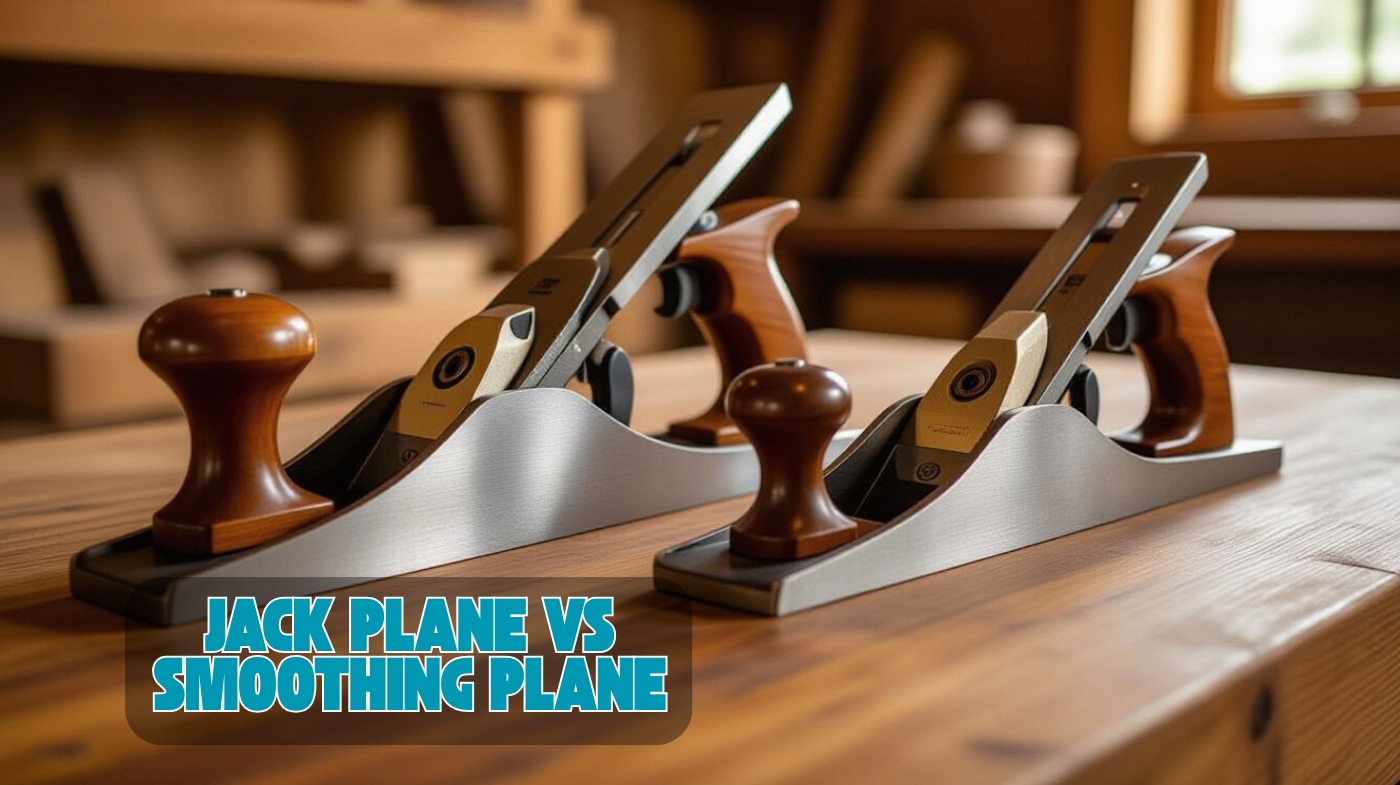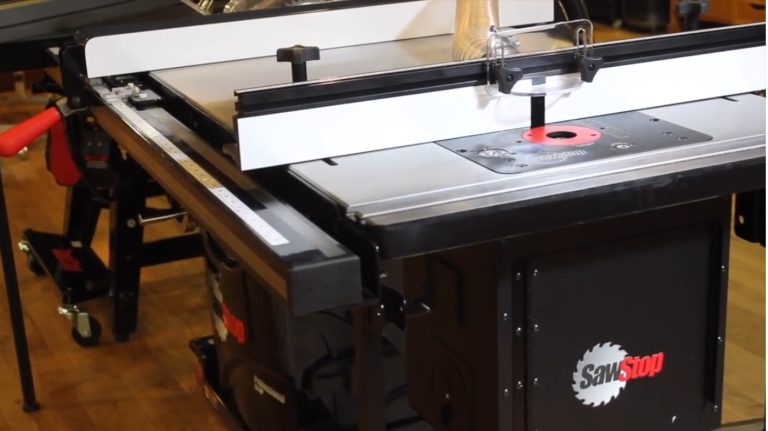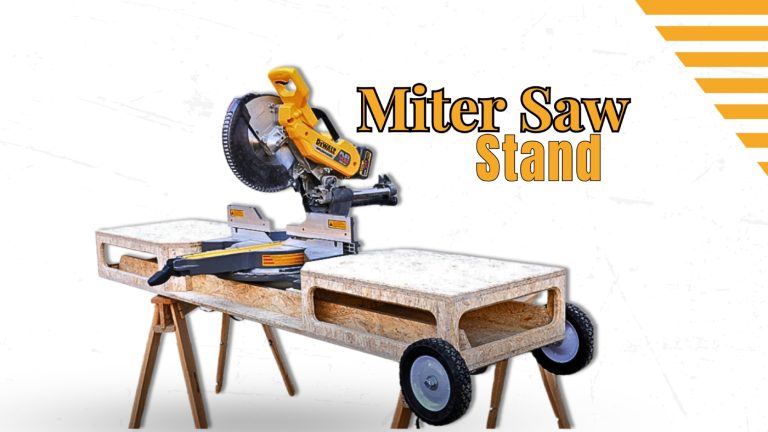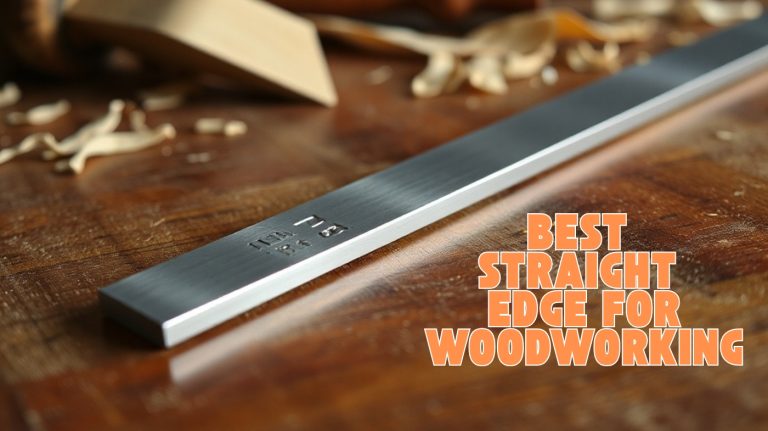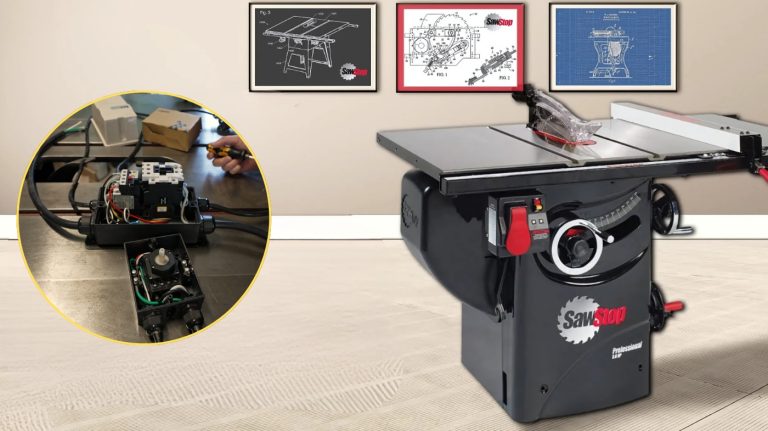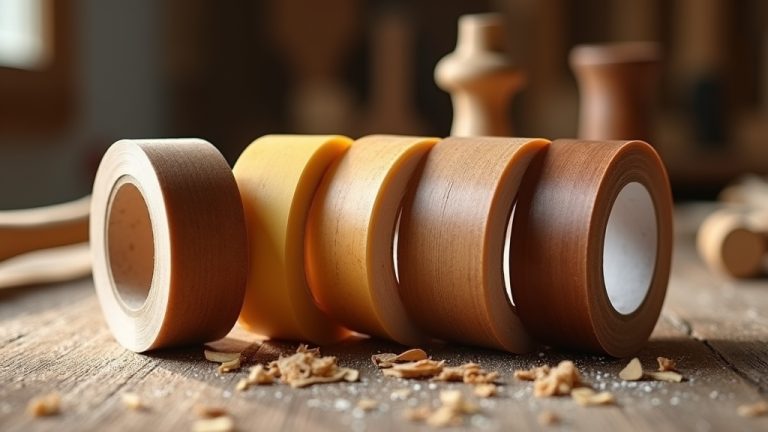Jack Plane vs Smoothing Plane: Key Differences Guide
You’ll use a jack plane for rapid stock removal and rough flattening, thanks to its longer length, wider heavily cambered blade, and adjustable frog for deep, aggressive cuts.
In contrast, the shorter smoothing plane with a narrow, finely sharpened blade excels at delivering a polished, glassy finish with precise, thin shavings.
The jack plane shapes and sizes, while the smoothing plane refines and perfects surfaces. Explore the nuances of blade setup, handling, and sequence to optimize your workflow.
- Professional Level Blade: The blade is made of professional level O1 tool steel, improving cutting…
- Advanced Materials: The body is made of ductile iron to withstand heavy-duty use and is drop-tested…
- Adjustable Design: The cutting depth of this wood planer is adjustable, just turn the knob, you can…
- No. 4 adjustable precision smoothing bench hand plane for woodworking and carpentry projects
- Durable cast iron body provides stability and strength
- Impact-resistant wood handle with contoured grip
Key Takeaways
- Jack planes are longer and heavier, designed for rough shaping and aggressive material removal with a heavily cambered blade.
- Smoothing planes are shorter, lighter, with a narrow blade and minimal camber for producing fine, polished surfaces.
- Jack planes handle initial flattening and sizing, while smoothing planes provide the final surface finishing before finishing.
- Blade adjustments in jack planes allow deeper, cambered cuts; smoothing planes require precise, shallow cuts with a sharp, straight blade.
- Workflow typically starts with a jack plane for rough stock removal, followed by a smoothing plane for delicate, smooth finishing.
Comparing Jack Planes and Smoothing Planes
| Feature | Jack Plane | Smoothing Plane |
|---|---|---|
| Primary Purpose | Rapid stock removal and rough shaping | Fine finishing and surface refinement |
| Length | 12-17 inches (typically 14-15″) | 9-10 inches |
| Blade Width | 65-70mm with heavy camber | 60-65mm with minimal camber |
| Cutting Depth | Deep, aggressive cuts | Ultra-thin shavings (0.001-0.002″) |
| Mouth Opening | Wide for thick shavings | Narrow (0.008″-0.01″) for precision |
| Best Used For | Initial flattening, dimensioning lumber | Final smoothing before finishing |
| Surface Quality | Rough to moderate finish | Glass-smooth, polish-ready surface |
| Learning Curve | Moderate – forgiving for beginners | Steep – requires precise technique |
| Weight & Handling | Heavier, requires more force | Lighter, allows delicate control |
| Sharpening Frequency | Less frequent, tolerates duller edges | Very frequent – needs razor-sharp blade |
| Tear-Out Risk | Higher on figured wood | Minimal with proper setup |
| Versatility | High – multiple functions | Specialized for finishing only |
| Recommended Order | First in workflow sequence | Last before sanding/finishing |
Definitions and Core Features
Although both the jack plane and smoothing plane serve essential roles in woodworking, they differ considerably in design and function.
The jack plane, often called a bench plane, spans 12 to 17 inches and functions as a versatile “jack of all trades.” Its sole, made of wood or metal, supports a blade set at 40 to 45 degrees, adjustable via a depth knob. You’ll notice a chip breaker, front knob, and rear handle for control.
The jack plane is primarily used for rough shaping and broad cuts, making it suitable for initial dimensioning and reshaping of lumber. Its adjustable bevel capability allows for flexible use on various wood thicknesses and angles.
In contrast, the smoothing plane is smaller—around 9 to 10 inches—with a finely ground, flat sole designed for delicate finishing. Its blade, narrower and set at a lower angle, takes fine shavings with minimal tear-out.
This plane emphasizes precision, featuring a tight mouth opening and ergonomic design for flawless surface refinement. The choice of blade materials and design is crucial for achieving smooth finishes and reducing wear during extended use.
Primary Functions and Usage
You’ll rely on a jack plane for aggressive material removal, quickly shaping rough stock with deeper blade settings. In contrast, the smoothing plane excels at producing fine, uniform shavings that yield a polished surface ready for finishing.
Material Removal Roles
When preparing wood for finishing, understanding the distinct material removal roles of the jack plane and smoothing plane is essential. You’ll use the jack plane for rapid, aggressive stock removal and initial flattening, while the smoothing plane focuses on fine, precise shaving removal for surface refinement.
The jack plane’s versatility allows it to handle multiple tasks effectively, from smoothing to jointing edges, making it a multi-purpose tool in woodworking. However, unlike woodworking tools, using inappropriate equipment like a table saw for materials such as drywall can lead to safety hazards and compromised results.
| Aspect | Jack Plane | Smoothing Plane |
|---|---|---|
| Primary Role | Bulk material removal | Fine surface refinement |
| Cutting Depth | Deep, adjustable | Very shallow, precise |
| Usage Stage | Initial sizing and flattening | Final smoothing after jointing |
| Blade Setup | Often cambered for aggressive cuts | Straight, fine-tuned for light cuts |
| Material Removal Speed | Fast, high volume | Slow, minimal per pass |
This division ensures efficient workflow from rough shaping to final surface preparation.
Surface Finish Quality
Because surface finish quality directly impacts the need for additional sanding and final appearance, understanding how smoothing and jack planes differ in this regard is essential.
You’ll find the smoothing plane excels at producing glassy smooth surfaces with minimal sanding, thanks to its shorter sole, 45° blade angle, and ability to slice fine shavings. This precision makes it ideal for final finishing, even on figured or end grain woods.
It is typically the last plane used before sanding or finishing, ensuring the surface is as perfect as possible. For optimal results, always ensure proper blade alignment and maintenance.
Conversely, the jack plane, longer and designed for versatility, produces a rougher surface aimed at rapid material removal and initial smoothing. Its coarser finish typically requires follow-up with a smoothing plane or sanding. The jack plane serves well for initial surface preparation, allowing for efficient shaping and flattening of stock.
Usage Techniques Differences
Understanding how each plane performs leads directly to their distinct usage techniques and functions. When you use a jack plane, you’ll work diagonally across the grain to quickly remove stock and level rough lumber.
In contrast, a smoothing plane requires you to move carefully with the grain for ultra-fine finishing cuts. Jack planes have a wider mouth and a cambered blade for thicker shavings, while smoothers have a tight mouth and a near-straight blade edge for thin, controlled passes.
- Use jack planes for aggressive shaping and flattening large surfaces.
- Employ smoothing planes to refine surfaces and minimize sanding.
- Adjust jack planes for versatility but expect less finesse than smoothers.
- Rely on smoothers for final passes and delicate end-grain work.
Blade Design and Configuration
You’ll notice the jack plane’s blade has a subtle camber paired with a wider mouth opening to handle deeper, rougher cuts without clogging.
This configuration aligns with the jack plane’s role as a versatile tool for rough work and hogging off material, making it suitable for general-purpose tasks. Its blade thickness and construction provide the necessary stiffness to support efficient material removal in various woodworking conditions.
In contrast, the smoothing plane features a finely sharpened blade with a pronounced camber and a tight mouth setting for ultra-thin shavings and a flawless finish. Maintaining these differences requires specific sharpening techniques and careful camber adjustments to optimize each plane’s performance, as proper sharpening techniques are critical for optimal performance.
The precision and control afforded by the smoothing plane’s design are essential for achieving fine cutting performance and high-quality surface finishes.
Blade Shape Differences
While both jack and smoothing planes share a similar overall design, their blade shapes differ considerably to match their distinct functions. The jack plane blade usually features a rounded or slightly cambered edge, allowing you to remove material aggressively without splitting the wood.
The number 5 jack plane is the most important and popular, known for its versatility in rough stock preparation and dimensioning versatile jack plane. This plane is often recommended for those developing fundamental woodworking principles due to its multifunctional use.
Conversely, the smoothing plane blade has a more pronounced camber, optimized for fine, delicate shavings and superior surface finish.
- Jack plane blades are wider, enabling faster stock removal but less finesse.
- Smoothing plane blades are narrower, focusing on precision and smoothness.
- You’ll keep smoothing blades extremely sharp, often honing on water stones for flawless results.
- Jack plane blades tolerate some dullness, reducing blade chipping during rough work.
Mouth Opening Settings
Because the mouth opening directly controls the gap through which shavings exit the plane, it plays a crucial role in balancing cutting aggressiveness with clogging risk. In smoothing planes, you’ll find a narrow mouth, typically around .008″ to .01″, designed for thin, precise shavings that minimize tear-out.
However, it’s important to note that a smaller mouth opening does not necessarily mean thinner shavings, as mouth size impact is influenced by several factors beyond just gap width. Proper adjustment and maintenance are essential to achieve optimal performance and avoid material damage.
Jack planes, on the other hand, feature larger openings to accept thicker shavings, enabling rapid stock removal but increasing tear-out potential. This design choice makes them ideal for initial shaping and faster work on rough surfaces, although care must be taken to prevent gouging. Adjusting the frog’s position controls the mouth size: sliding it forward narrows the mouth for finer cuts, while retracting it widens the gap for aggressive planing.
Modern adjustable planes simplify this with thumb screws, letting you fine-tune the mouth opening to match wood grain complexity and shaving thickness, optimizing cutting efficiency and reducing clogging risk. This adjustability is comparable to how a miter saw setup allows precise angle and depth control to ensure clean, efficient cuts in woodworking projects.
Sharpening and Camber
Although both jack and smoothing planes share the same fundamental blade angle of about 45 degrees, their sharpening and camber differ considerably to suit their distinct functions.
You’ll find the jack plane blade features a pronounced camber, wider than the iron, to prevent wood splitting during heavy stock removal. In contrast, the smoothing plane blade has a subtle camber, allowing overlapped cuts for a fine, super-smooth finish. Proper blade maintenance is essential to ensure the longevity and performance of these blades.
Sharpening frequency also varies: smoothing planes demand frequent sharpening with water stones to maintain edge precision, while jack planes tolerate dulled edges longer for rough shaping. The jack plane’s versatility allows it to be set up for multiple tasks, which impacts how its blade is sharpened and cambered to match the intended use versatile for various tasks.
- Jack plane blades have heavier camber for aggressive cuts and durability
- Smoothing plane blades are sharper with slight camber for fine surface texture
- Frequent sharpening is critical for smoothing planes, less so for jack planes
- Camber shape directly influences cut aggressiveness and surface quality
Physical Attributes and Handling Differences
When selecting between a jack plane and a smoothing plane, you’ll notice distinct differences in size, weight, and blade setup that directly impact their handling and function. Jack planes are longer (14–15 inches) and heavier, providing momentum for rapid stock removal with a wider, heavily cambered blade.
Smoothing planes are shorter (9–10 inches), lighter, and equipped with a narrow-mouthed, minimally cambered blade for fine, precise shavings. Understanding the blade control and visibility during use is essential for optimizing performance and safety with each plane.
| Attribute | Jack Plane | Smoothing Plane |
|---|---|---|
| Length | 14–15 inches | 9–10 inches |
| Blade Width | 65–70 mm | 60–65 mm |
| Weight & Handling | Heavier, requires more force | Lighter, allows delicate control |
Workflow and Planing Sequence
As you begin your planning workflow, start with the jack plane to quickly flatten the stock and remove high spots. Sight along the board to identify twist or bow, then use long, even strokes with a slightly skewed blade to reduce tear-out.
It is important to check and adjust the frog position on the jack plane to optimize the throat opening for the desired cut quality, moving it forward for finer cuts or back for rougher passes frog adjustment.
Once flatness is achieved, shift to the smoothing plane for finer surface refinement.
- Reduce blade depth incrementally on the smoothing plane to remove thinner shavings.
- Use light pressure and shorter, overlapping strokes to avoid gouging.
- Adjust blade laterally for uniform shaving thickness and a glass-smooth finish.
- Frequently assess flatness and surface feel to ensure readiness for finishing or joinery.
Pros and Cons of Each Plane
Selecting the right plane for each stage of your workflow depends on understanding the strengths and limitations of the jack plane and smoothing plane.
The jack plane excels at initial stock removal and rough shaping, offering adjustable mouth settings to control shaving thickness and broad versatility. However, it demands physical effort, skillful setup, and isn’t efficient for fine finish work. Many users appreciate that older models, such as the Stanley Bailey No.4 or No.5, often provide superior handling due to their heavier, thinner steel.
In contrast, the smoothing plane specializes in producing thin shavings with a narrow mouth, enabling delicate final surface preparation and reducing tearout on fine grain wood. It’s lighter and easier to handle for precise cuts but lacks the capacity for substantial material removal and requires frequent blade sharpening.
Customizing Planes for Versatility
Although jack and smoothing planes serve distinct functions, you can considerably expand their capabilities by customizing blade, mouth, and body settings. Fine-tuning blade depth controls shaving thickness, adapting the plane for rough flattening or fine finishing. Adjusting the mouth opening optimizes chip clearance for varied wood densities.
Customizing blade depth and mouth opening enhances jack and smoothing planes for versatile woodworking tasks.
Flattening and polishing the sole ensures consistent shaving and smooth contact, while modifying sole angles improves performance on challenging grain. Maintaining razor-sharp blades minimizes tear-out and enhances cut quality.
Consider these customization techniques for versatility:
- Adjust blade depth and lateral alignment for precise, uniform shavings
- Modify mouth opening size to suit different wood types and cut thicknesses
- Flatten and polish the sole for consistent contact and smooth planing
- Sharpen blades with micro-bevels for quick transitions between rough and fine cuts
Frequently Asked Questions
Can a Smoothing Plane Effectively Replace a Jack Plane for Rough Stock Removal?
You can use a smoothing plane for rough stock removal, but it won’t be efficient. Its blade is flatter and set for fine, controlled cuts, requiring many passes and more effort.
You’ll struggle with heavy material since it’s designed for finishing, not aggressive stock removal. A jack plane’s longer sole, heavier mass, and cambered blade make it better suited for rapid material removal, saving you time and reducing fatigue during rough work.
How Often Should Blades on Jack and Smoothing Planes Be Sharpened During Typical Use?
You should sharpen blades on jack planes more frequently—often after every few hours of use—because they cut heavier shavings and have a cambered edge around 35°.
For smoothing planes, sharpen less often; daily to weekly depending on use, since they remove thinner shavings with a lower bevel angle (25-30°) and benefit from regular stropping. Always watch for rough surfaces or grain tear as signs it’s time to sharpen.
Are There Specific Wood Types Better Suited for Jack Planes Versus Smoothing Planes?
Imagine tackling a dense oak board, its tough grain demanding forceful flattening—you’ll want a jack plane for that initial rough shaping.
For delicate walnut or figured maple, where you seek a glassy finish without tearout, a smoothing plane excels.
Hardwoods with interlocking grain need jack planes with adjustable angles to reduce tearout, while softer or end-grain woods benefit from the smoothing plane’s precise, fine surface refinement.
Choose accordingly for ideal results.
What Maintenance Tips Extend the Lifespan of Jack and Smoothing Planes?
You should fully disassemble your plane, clean all parts with mineral spirits and brushes, and lubricate threads lightly to prevent rust and binding.
Regularly sharpen blades and lap chipbreakers for ideal contact and clean cuts.
Flatten and dress the sole and frog surfaces to maintain precision.
After use, wipe blades dry, apply light oil or wax, and store in a dry place.
Tighten fasteners routinely to guarantee safe, smooth operation.
Can Beginners Start Woodworking Using Only a Jack or Smoothing Plane?
You can definitely start woodworking using only a jack plane. It offers versatility, handling both material removal and moderate smoothing if you adjust the blade depth and mouth opening properly.
While a smoothing plane excels at fine finishing, a jack plane can perform many of those tasks well enough for beginners. Just keep your blade sharp and practice control.
Later, you might add a smoothing plane for glassy finishes with less sanding.
Finding the Right Plane for Your Perfect Finish
When choosing between a jack plane and a smoothing plane, you’re fundamentally deciding how to approach your wood’s transformation journey. The jack plane, with its robust versatility, preps your workpiece confidently, while the smoothing plane adds that final whisper of refinement.
Each tool offers subtle nuances that can elevate your craft—so don’t just pick a plane; select the companion that best aligns with your project’s rhythm and desired finish. Your wood deserves that thoughtful touch.
- Ideal for the initial preparation of rough timber
- Cast iron body
- Precision milled base and faces
- Ideal for cabinet work and general joinery
- Cast iron body
- Precision milled base and faces
Last update on 2025-12-18 / Affiliate links / Images from Amazon Product Advertising API

